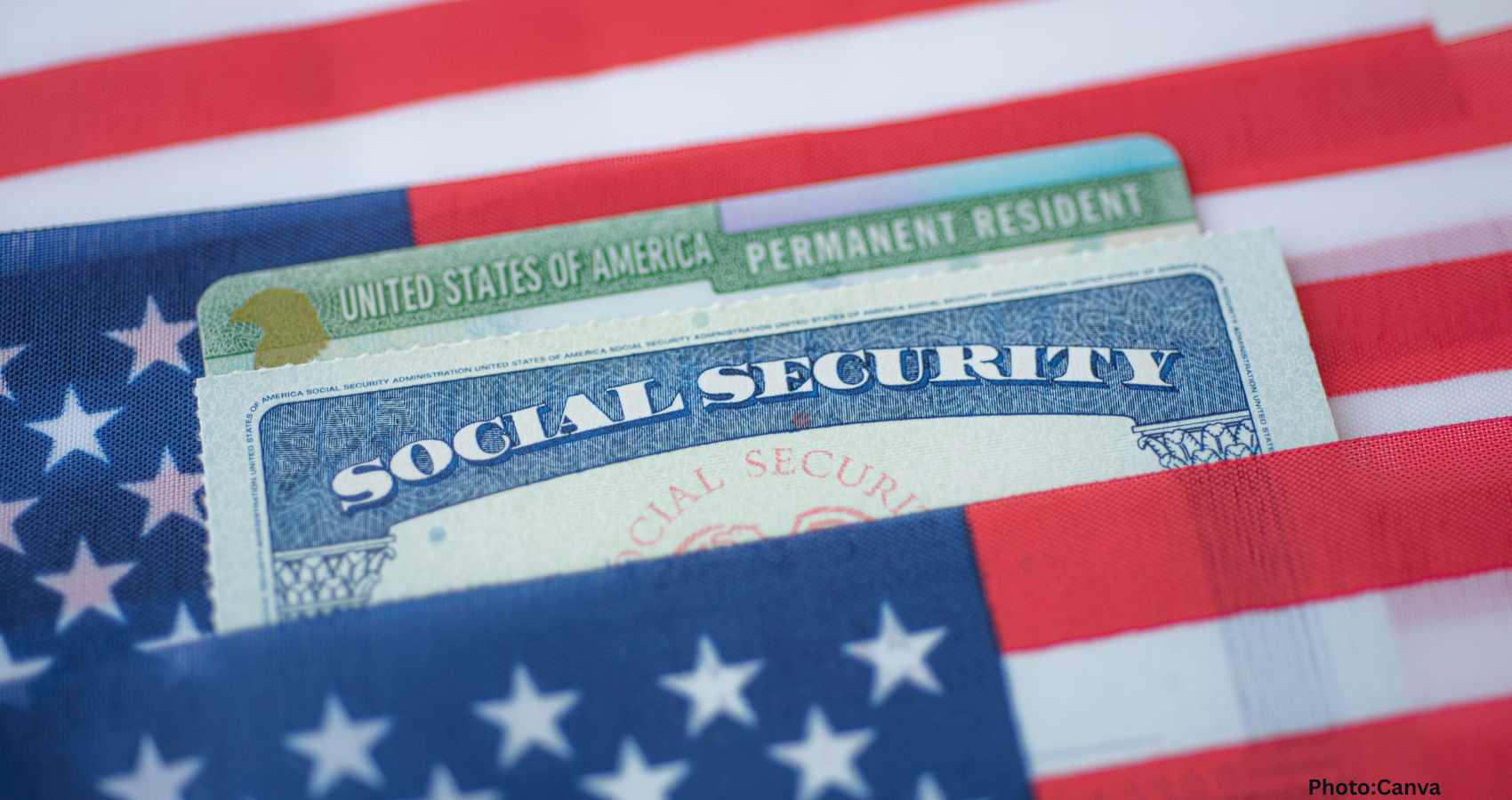The U.S. Citizenship and Immigration Services (USCIS) has published its August 2025 visa bulletin, detailing significant updates on the processing dates for various immigrant visa categories.
The monthly release of the visa bulletin serves as a crucial resource for individuals and families aiming for permanent residency in the United States, guiding them through what is often a challenging and prolonged process.
For applicants seeking green cards, keeping abreast of the visa bulletin is essential. It helps determine the timeline for adjusting their immigration status by providing updates on when they become eligible, which primarily depends on the date a sponsorship petition was filed by either an employer or family member. This establishes the priority date, distinct from the date of filing for permanent residence, which the bulletin governs to indicate when immigrants can move forward with their applications.
The USCIS’s latest bulletin arrives at a time when the agency is grappling with a significant backlog of approximately 11.3 million pending applications. The new updates in the bulletin are vital for applicants who need clarity on when they can proceed with their green card applications.
The State Department’s issuance of the bulletin includes updated priority dates that provide a framework for when applicants can either file their visa applications or adjust their immigration status. For the fiscal year 2025, family-sponsored immigrants face a limit of 226,000 visas, as outlined in Section 201 of the Immigration and Nationality Act (INA). Meanwhile, employment-based preference immigrants have a global cap of at least 140,000 visas annually.
Further, per the INA’s Section 202, country-specific limits are enforced for preference immigrants, capping each nation’s share at 7 percent of the total annual family-sponsored and employment-based visa numbers combined—amounting to about 25,620 visas per country. Dependent territories have a separate limit of 2 percent or 7,320 visas.
These statutory constraints heavily influence visa availability and wait times, especially for countries with high demand such as India and China. The bulletin’s findings illustrate how important these priority dates are for Indian nationals, who often face extended wait times due to these limits and the existing backlog.
While some family-based visa categories have seen minimal progress with queues advancing by a month, the employment-based visa categories largely remain stagnant. Notably, Indian applicants in high-demand professional fields are particularly affected by these persistent backlogs.
In a modest development, the August bulletin indicates that the employment-based second preference EB-2 visa for Indian nationals has advanced by around one month, a slight but meaningful improvement for many applicants waiting in line. Conversely, other significant employment-based categories, like EB-3 for India, remain static, further highlighting the ongoing challenges faced by Indian professionals striving for green cards.
EB-2 and EB-3 are critical categories for employment-based green cards that allow foreign nationals to secure permanent residency in the United States through their professional work. EB-2 is intended for those with advanced degrees or exceptional ability in fields like science, arts, or business. EB-3 caters to skilled workers with at least two years of experience, professionals with a bachelor’s degree, and individuals in unskilled positions requiring less than two years of training. Despite differences in eligibility and processing times, both categories offer pathways to a green card.
The bulletin similarly outlines a stagnant situation for Chinese applicants in employment-based categories. For family-based immigration, however, some categories continue with gradual progress, offering slight relief to families prolonged by extensive visa wait times.
Applicants must consider the “dates for filing” section in the bulletin, which indicates the earliest time they can submit applications for status adjustment or an immigrant visa, based on their visa category and country of origin. The “final action dates” signal when a visa number becomes available, permitting an application to be approved, thereby leading to permanent residency.
To apply in August 2025, applicants need a priority date that precedes the date listed for their respective visa category and country of chargeability in the bulletin, confirming their eligibility to proceed. The final action dates are crucial to processing green card applications as they dictate when a case can be approved, affecting the wait time for obtaining a green card.
Doug Rand, a former senior official at USCIS during the Biden administration, commented on the situation: “There are two very different backlogs at play. USCIS and the State Department have administrative backlogs, which are cases ready to process as soon as possible. But the visa bulletin reflects a statutory backlog—Congress imposed annual limits on green cards back in 1990, and this has created huge bottlenecks that the executive branch can’t fix on its own,” according to Newsweek.

